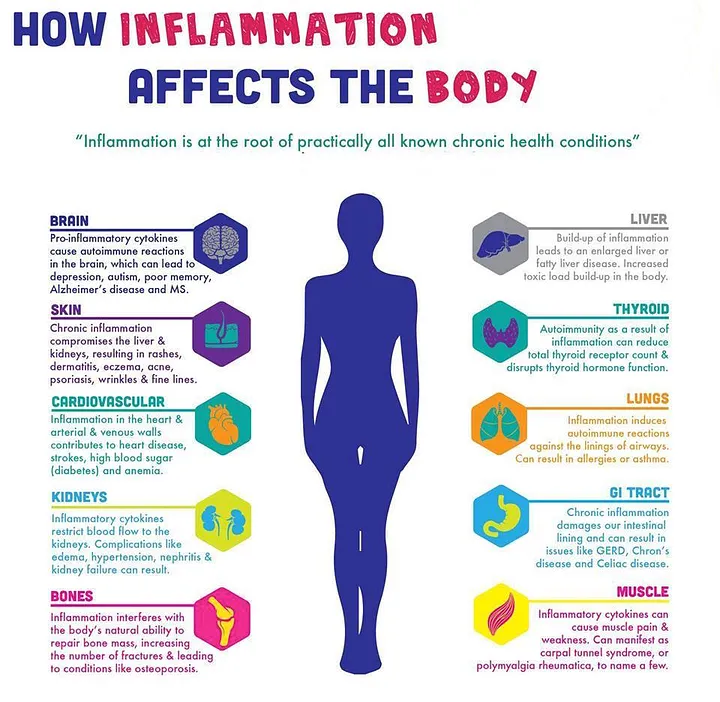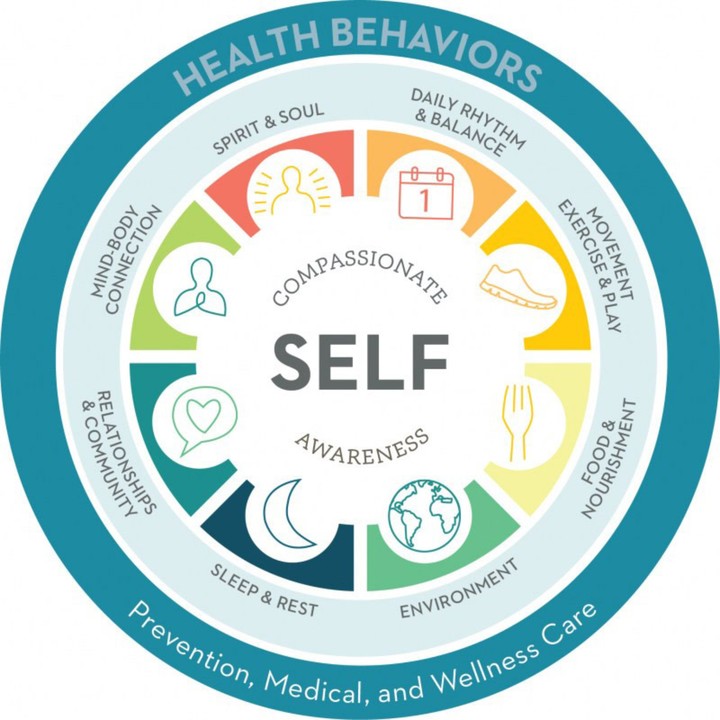Hey everyone, it’s Sharon, your friendly health coach here. Lately, something’s been off. I’ve been feeling wired during workouts, on edge emotionally, and just not myself. After some reflection, I realized the culprit: a sneaky increase in my sugar intake. It’s a stark reminder of how harmful sugar can be, especially when consumed in excess.
This experience has reignited my passion for sharing information about the hidden dangers of sugar and how to create a balanced, healthy lifestyle. Through this blog post, I want to take you on my journey of discovery and share practical tips to help you navigate the world of sugar. Buckle up, because we’re about to delve into the sweet truth about sugar and how to reclaim control of your health!
Our bodies are incredibly complex machines, and their ability to move and function properly is dependent on a delicate balance of factors. One of the most important of these factors is inflammation. Inflammation is the body’s natural response to injury or infection, and it helps to protect us from harm. However, chronic inflammation can harm our health, including our coordination, flexibility, and mobility.

Inflammation and Movement
Chronic inflammation can damage our joints, muscles, and tendons, making it difficult to move freely. It can also lead to pain, stiffness, and fatigue. These symptoms can make it challenging to exercise, which can further worsen our coordination, flexibility, and mobility.
Sugar and Inflammation
Sugar is a major contributor to chronic inflammation. When we eat sugar, our bodies release a hormone called insulin. Insulin helps to move sugar from our blood into our cells, where it can be used for energy. However, when we overeat sugar, our bodies can become resistant to insulin. This can lead to insulin resistance, which is associated with chronic inflammation.
Gluten and Inflammation
Gluten is a protein found in wheat, barley, and rye. For some people, gluten can trigger an immune response that leads to inflammation. This condition is called celiac disease. People with celiac disease who eat gluten can experience a variety of symptoms, including digestive problems, fatigue, and joint pain.
What You Can Do
There are several things you can do to reduce inflammation and improve your coordination, flexibility, and mobility. These include:
Eating a healthy diet: Focus on eating plenty of fruits, vegetables, and whole grains. Limit your intake of processed foods, sugary drinks, and red meat.
Regular exercise: Exercise helps reduce inflammation and improve your overall health. Aim for at least 30 minutes of moderate-intensity exercise most days of the week.
Maintaining a healthy weight: Excess weight can contribute to inflammation. Losing even a small amount of weight can make a big difference.
Managing stress: Stress can trigger inflammation. Find healthy ways to manage stress, such as yoga, meditation, or spending time in nature.
Getting enough sleep: Sleep is essential for overall health, including reducing inflammation. Aim for 7-8 hours of sleep each night.
hange this description

If you are concerned about inflammation or its impact on your movement, talk to your doctor. They can help you develop a plan to reduce inflammation and improve your overall health.
In addition to the tips above, you may also want to consider taking supplements that can help reduce inflammation. These include fish oil, curcumin, and ginger. However, it is important to talk to your doctor before taking any supplements, as they can interact with medications you may be taking.
By taking steps to reduce inflammation, you can improve your coordination, flexibility, and mobility and enjoy a more active and healthy life.

